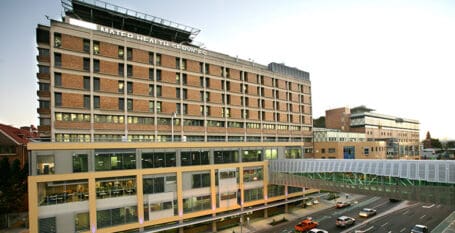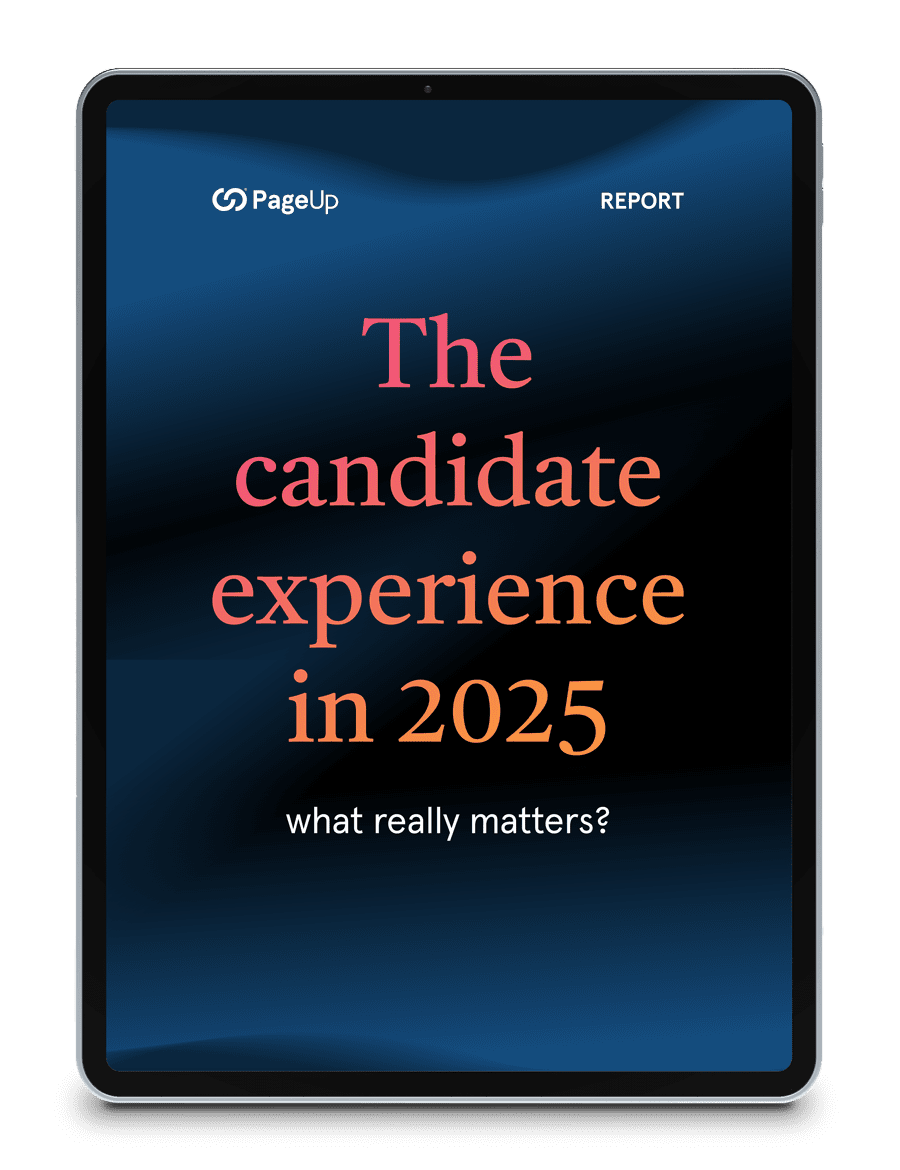Were they the ‘good old days’?
When employers dictated the duration of the work week, required pre-approval for any exceptions to their rules, and in some instances, promoted cultures of fear, uncertainty and doubt?
The days when employees were grateful for their paychecks, thankful for time off and humbled when given a shiny new computer to do their work?
When they attempted to impress by working late or coming in early?
Things have changed. The employment experience is to HR what the user experience is to IT. Understanding the work proposition through the employee lens is now key. Talent Lab spoke with Chris Steinfort, HRD at the Australian Red Cross, for his views on what the future of work looks like and how disconnected – or not – HR is from the business imperative.
The Australian Red Cross seeks to build a workforce that reflects the demographics of its served communities – which today are not strictly Anglo-Saxon males who work full time from 9-5. Because the organisationorganization works closely with the indigenous population, it has a goal of drawing at least 6% of its workforce from this demographic – and has actually exceeded that target. Knowing that people join the Red Cross because they align with its vision, mission and values, Chris is focused on ensuring they can also grow their skill sets through development and learning.
“Employees now have much greater control,” he comments. “To attract talent, we have to work hard to promote not only the organisationalorganizational purpose but also the employee experience. When managing talent in the non-profit sector, we are dealing with employees who have a passion for the cause but also want to apply their skills and grow them over time.”
He observes that part of the power shift from an employer-driven to employee-centric workplace means that Australian Red Cross needs to have the flexibility to move a senior person within the organisationorganization from full-time to part-time and onboard Millennials with a watchful eye on their desire for work-life balance.
We need to rethink work; technology is a big part of making that happen.
“Lively discussions have transpired within our organisationorganization,” he said. “Are we judging people on their work outcomes or just on being there? We need to rethink work; technology is a big part of making that happen.”
Chris shared that not-for-profit companies tend to under-invest in the back end of their business because donors expect their donations to be spent on community support programs that directly benefit those in need, not on IT and salaries. That makes it harder to obtain funding for infrastructure that today’s Millennials see as essential to doing their jobs. He knows that if these investments aren’t made over time, the employment brand suffers and the Australian Red Cross will become less desirable as an employer. Balancing investments in infrastructure and doing good in the community require endless analysis and action.
Using technology to reduce costs and redefine roles makes sense for the organisationorganization. Mobile technology that enables the Red Cross to communicate with employees and volunteers, especially in field situations, is critical and not optional. It’s a false economy otherwise says Chris; if we don’t spend on technology, we cannot attract the right talent, empower them to do their jobs and ensure their effectiveness.
How does HR fit into this new paradigm? Chris suspects that often, the wrong questions are being asked and the wrong conversations are transpiring. Without good HR systems, quality data cannot be generated and that negatively impacts HR when they try to have business conversations across the organisationorganization. He cites performance reviews as one example; what does it matter how many were completed if performance and productivity aren’t actually improving?
Whether for-profit or not, Chris believes the employer–employee relationship has forever changed. The question we should ask is “What’s the nature of the employment experience we are creating?” not “Did you sit at your desk for eight hours today?” It’s a whole new world out there and the employee is in charge.
Fresh insights for HR
Stay up to date with HR trends, tips and more when you sign up for our industry newsletter





